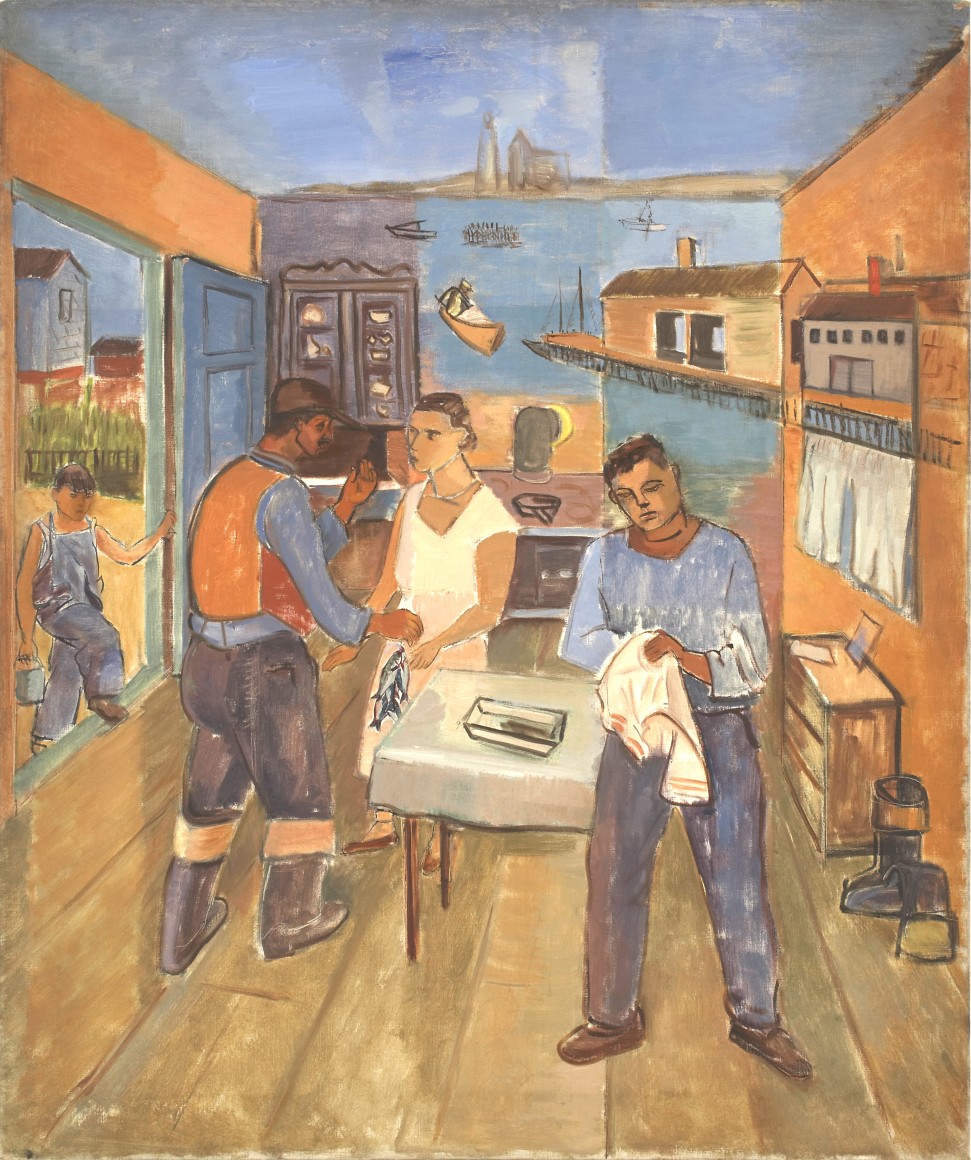Jack Tworkov
Paintings
1920s-1940s
Jack Tworkov immigrated to New York City from Poland in 1913. Almost a decade later, he visited the Brooklyn Museum to view the exhibition The Paintings of Paul Cézanne in 1921, an experience that propelled his decision to become a painter.
Tworkov’s early still-lives, portraits, and landscapes of the 1920s and 1930s demonstrate the young painter’s experimentation and grasp of avant-garde theories on color and space, looking to Modernist artists such as Paul Cézanne and Pablo Picasso. During this time, Tworkov’s sister Janice Biala, an artist herself, introduced him to the well-known artist colony in Provincetown, Massachusetts, where he learned from painters such as Edwin Dickinson and Karl Knaths. In 1927, Tworkov’s paintings were included in Provincetown Art Exhibition at the Provincetown Art Association, the colony’s first show featuring Modern art exploring new painting techniques.
Tworkov's early paintings reveal his experimentation with spatiality by tipping the picture plane forward towards the viewer, simultaneously evoking perspective and flatness. These investigations into dimensionality would become key tenants of his work across decades and stylistic shifts. In addition, he expanded his investigations into color theory through a balance of cool and warm tones, often favoring muted blues and terracotta reds and oranges. His early work clearly reveals his interest in a regulated brushstroke throughout a single composition. He adapted Cézanne’s signature hatching stroke for his own use, and this repeated gesture would eventually evolve into his flamelike stroke of the 1950s and 1960s.








